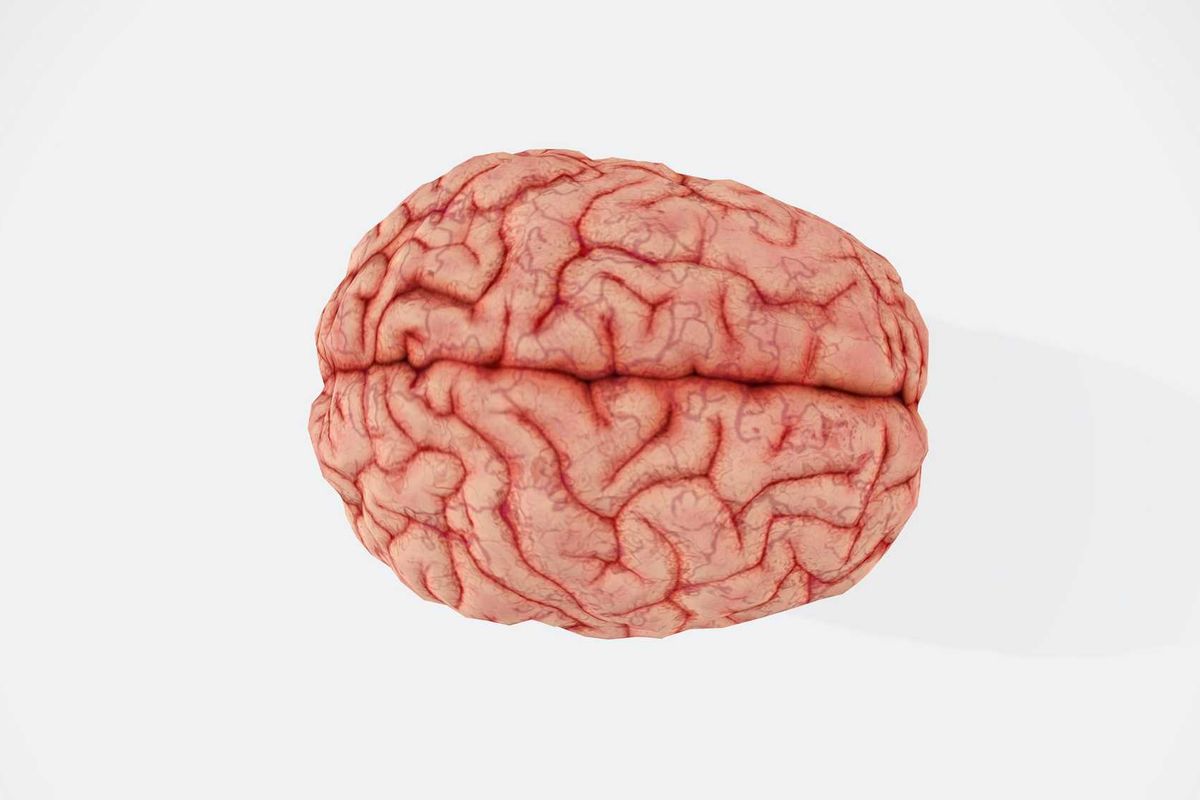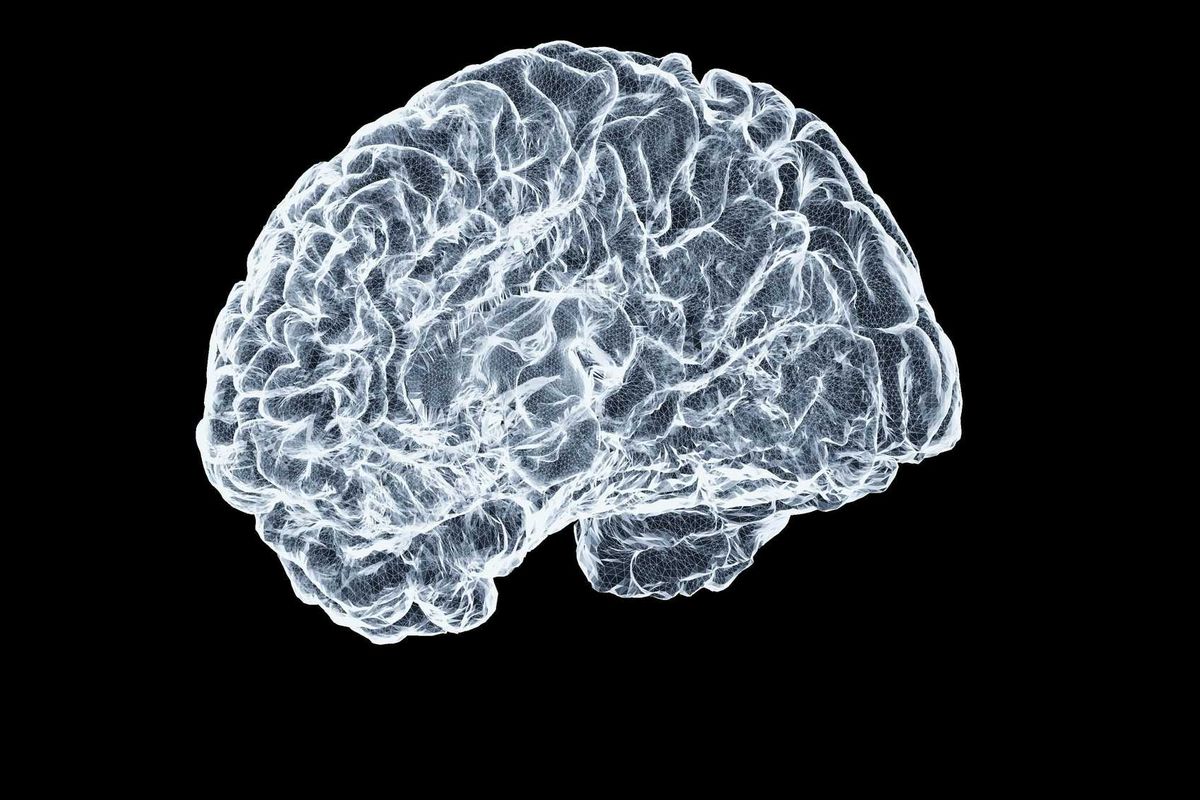$1M donation to Rice establishes pioneering neuro-policy center in Houston
brainy support
A big donation to Rice University will soon help researchers better understand the workings of the human brain.
Harry Yan and Weiman Gao have bestowed $1 million on the Baker Institute of Public Policy to establish the interdisciplinary Neuro-Policy Program.
Neuro-policy is a newer field that explores how brain health and function can help to fuel economic growth.
“The Neuro-Policy Program is at the forefront of pioneering data analysis, empirical research and policy application,” says Harris Eyre, the lead for the program, as well as a senior fellow in brain health at the Baker Institute, in a news release. “Investing in evidence-based strategies for prevention, diagnosis and treatment can reduce brain and mental health disparities, optimize cognitive development and performance and foster innovation to build more resilient communities.”
Eyre describes the collective value of the human brain as “brain capital.” That’s because brains that are suffering from any number of neurodegenerative or mental health disorders (including depression, anxiety, brain injury and Alzheimer’s disease) have actually taken a toll on the U.S. economy, Eyre explains.
The Neuro-Policy Program seeks to improve brain performance, and consequently enhance economic growth, national security, and our overall standing as a nation of healthy brains. The program’s primary projects include establishing a task force to advise Texas “brain and mind” legislative efforts as well as a Texas Brain Capital Dashboard, collaborating on Texas Forward (Texas Brain Health Plan) with the UT Dallas Center for BrainHealth, thereby working toward U.S. brain capital policy and investment advances. These projects are expected to yield deliverables as early as 2026.
“The Neuro-Policy Program aims to leverage the university’s proximity to the Texas Medical Center and the institute’s strong connections to state and federal policymakers. This is an important yet underrepresented area of research that Houston is poised to lead,” says David Satterfield, the director of the Baker Institute.
Yan and Gao said in a press release that they were inspired to gift the grant funds to Eyre and his research after attending a March 28 Baker Institute event on brain health that featured U.S. Rep. Morgan Luttrell, a co-chair of the Congressional Neuroscience Caucus.
"We are honored to support Dr. Harris Eyre and the Neuro-Policy program he leads. Dr. Eyre’s work has greatly impressed us, highlighting the critical importance of brain health in our society today,” say Yan and Gao. “We hope our contribution can inspire further support and advocacy in the field, helping individuals lead healthier lives through a comprehensive approach to prevention.”
- Houston organizations launch collaborative center to boost cancer outcomes ›
- 3 Houston universities rise to the top in new list of best Texas schools for 2024 ›
- Rice University inks strategic partnership with French research institution ›
- Rice University's edtech company receives $90M to lead NSF research hub ›





